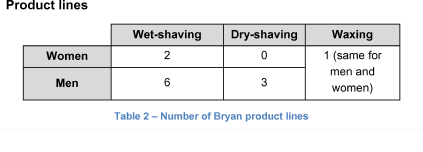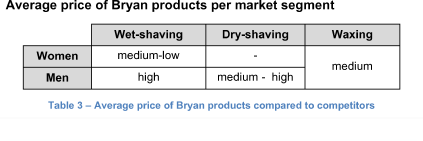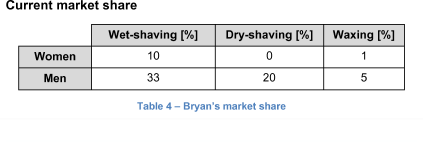Shaving & Co
Our client is an international CPG (consumer packaged goods) firm called Bryan, with multiple business units
(toothpaste, batteries, skin & body care, among others).
They are the global market leader in every market they play in except for the hair removal market. They came to us asking how they can also become number one in this market.
How can you help them out?
Case Comments
Video Solution
Further Questions
Assuming there are as many men as women, how many more men (in %) use wet-shaving than do women use waxing?
The CEO decided to gain market share in the wet-shaving market for men by acquiring 3 competing companies. How would you proceed to choose the companies to acquire?
Note for Interviewer
More questions to be added by you, interviewer!
At the end of the case, you will have the opportunity to suggest challenging questions about this case (to be asked for instance if the next interviewees solve the case very fast).






